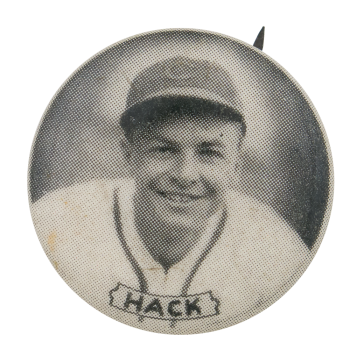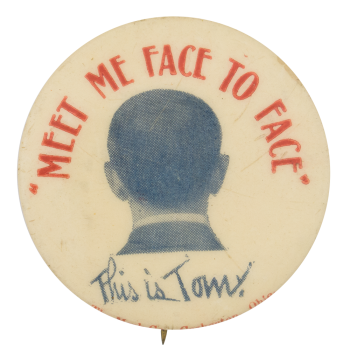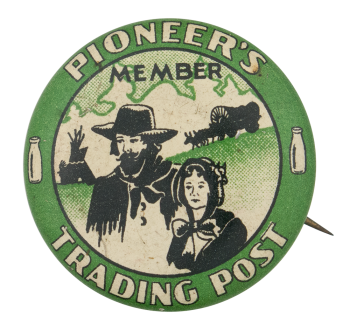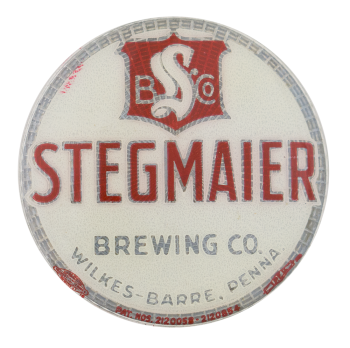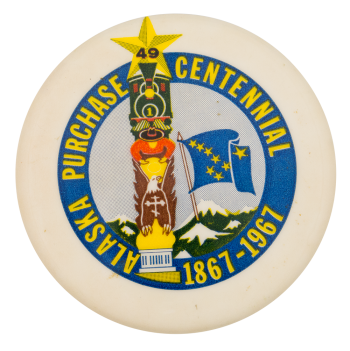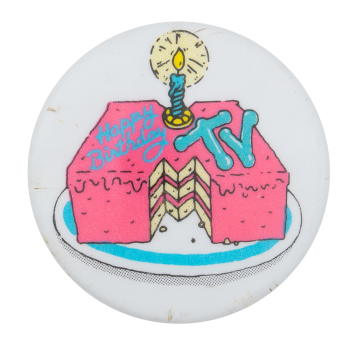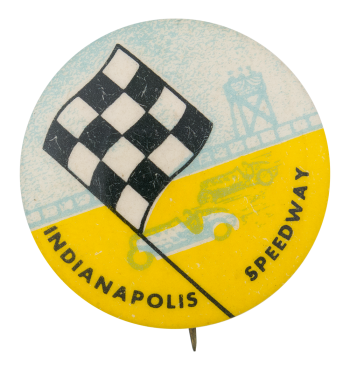Chicago Cubs Stan Hack
| Category | |
|---|---|
| Additional Images | |
| Sub Categories | |
| Text on Button | Hack |
| Image Description | Black and white photo of a baseball player with black text |
| Back Paper / Back Info |
Made by AMERICAN BADGE CO. CHICAGO ILLS. |
| Back Style | |
| The Shape | |
| The Size | |
| The Manufacturer | |
| Additional Information | Born in 1909, Stanley Camfield Hack, nicknamed "Smiling Stan," was a third baseman and manager in Major League Baseball. Hack played his entire career for the Chicago Cubs and was the top third baseman in the late 1930s and early 1940s. Hack is considered one of the greatest Cubs of all time, ranking second in games at third base, and also second in putouts, assists, and total chances, and third in double plays in National League history. Hack also led the National League in hits and stolen bases twice, and had a .301 batting average. Hack quickly became a popular player, and in 1935, fans were given mirrors with a picture of Stan on the back side, with the words, “Smile with Stan”. Unfortunately, the fans used the mirrors to reflect the sun into the eyes of the opposing team, and the mirrors were quickly banned from the stadium. After retiring from baseball, Hack became a minor league coach and batting coach from 1948-1966, and finally a restaurant manager with his second wife. Hack died at the age of 70 in 1979. Read more about the History of Cubs Buttons on the Busy Beaver blog. |
| Catalog ID | SP0077 |

